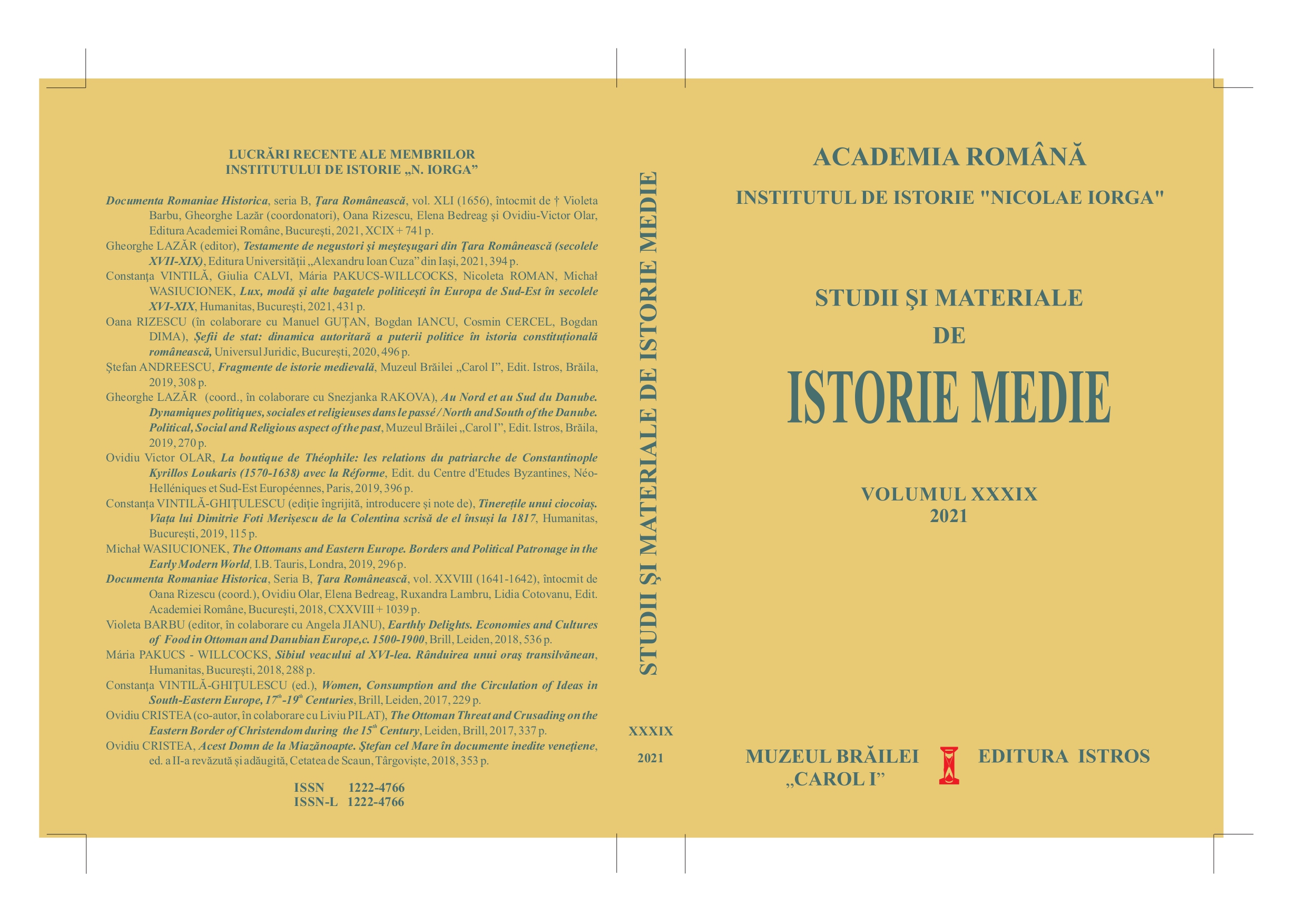Întrebuințarea limbii slavone (slave bisericești) la români şi cauzele (posibile) ale abandonării ei
The use of Church slavonic among Romanians and the (likely) reasons of its abandonment
Author(s): Matei Cazacu Subject(s): History, Cultural history, Middle Ages, Eastern Slavic Languages, 16th Century
Published by: Institutul de Istorie Nicolae Iorga
Keywords: the vernacular language; The Slavonic; the XVIth century; Romanian Orthodox Church; Reformation and the Counter (Catholic)-Reformation;
Summary/Abstract: The replacement of Church Slavonic and the adoption of the vernacular language by the Romanian Orthodox Church and later by the princely chancelleries of Wallachia and Moldavia is still a controversial question. The Slavonic, adopted by the Romanians in the Xth-XIIth centuries, was not understood by the common people and even by many priests, a situation similar to that of the Latin in the Catholic Church. Despite that, the priests (pop) used, as in the Western world, the sermons, the piety books (especially the Lives of the saints) and the images - especially the church paintings - to deliver the Christian doctrine. The invention of printing and the interest for reading in their maternal language of the bourgeois and noblemen contributed to the translation and diffusion of the sacred books in Romanian in the XVIth century, a process parallel and contemporary, but not totally dependent of the Reformation and the Counter (Catholic)-Reformation.
Journal: Studii şi Materiale de Istorie Medie (SMIM)
- Issue Year: XXXIX/2021
- Issue No: XXXIX
- Page Range: 205-219
- Page Count: 15
- Language: Romanian
- Content File-PDF

